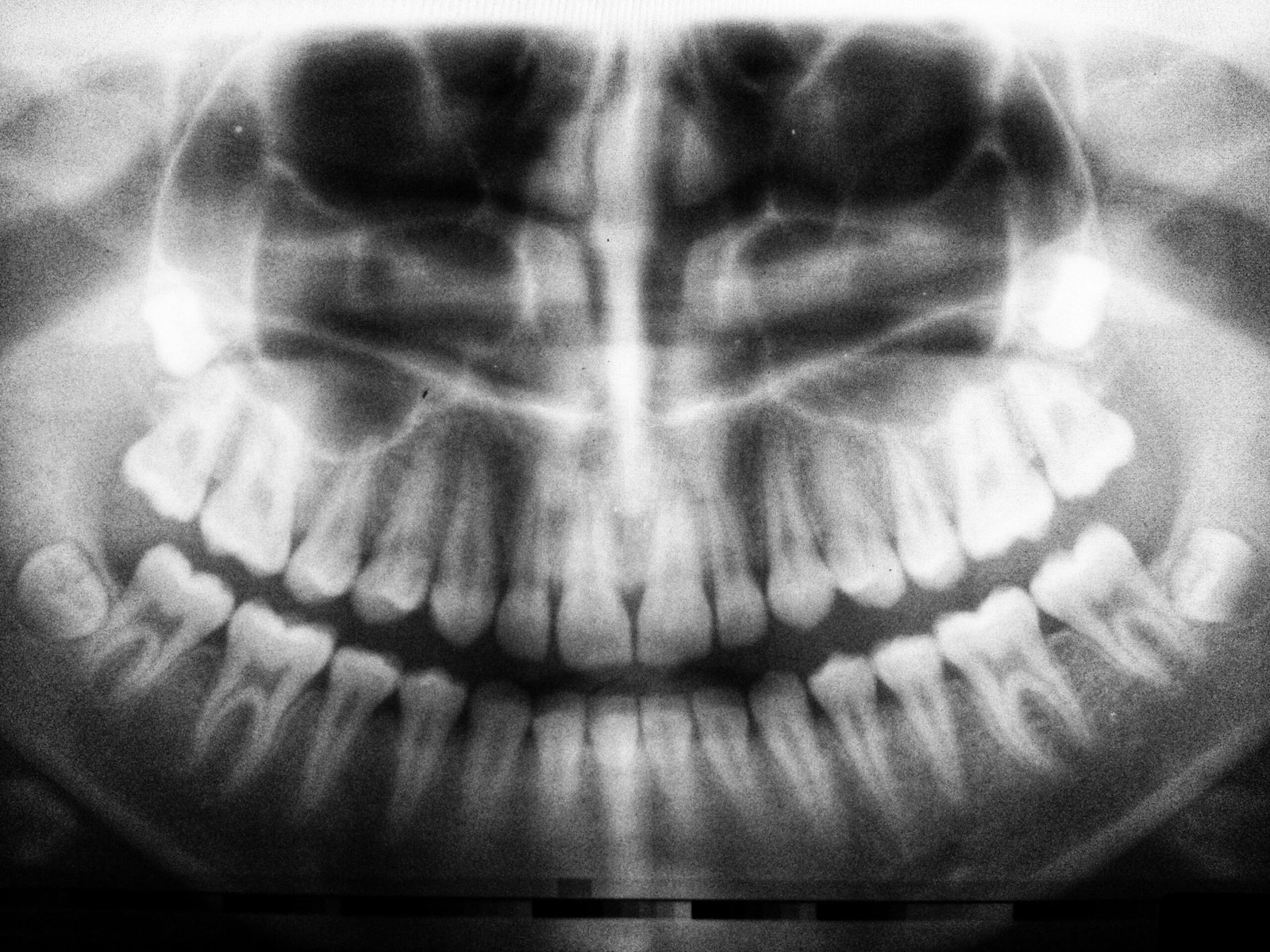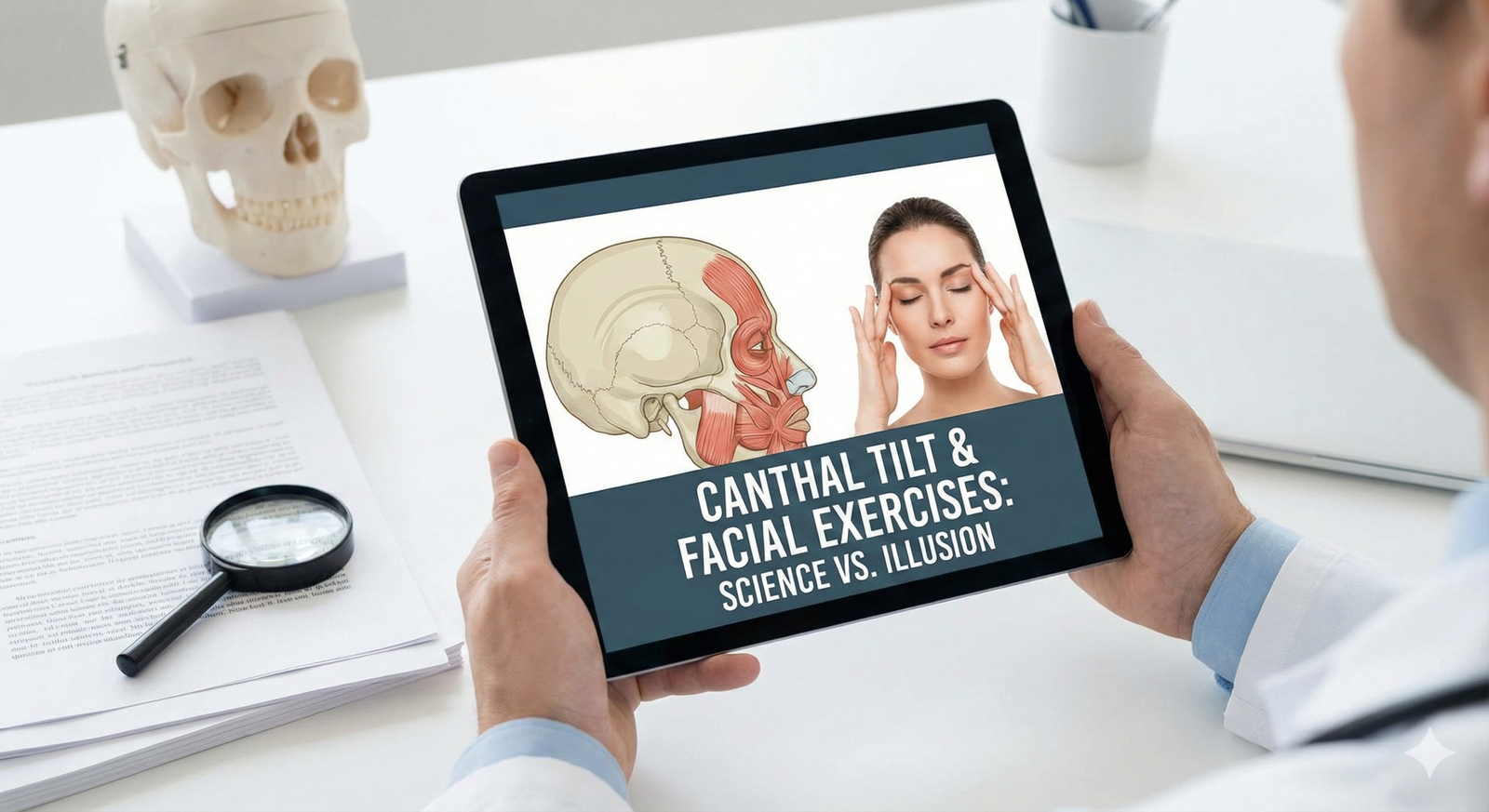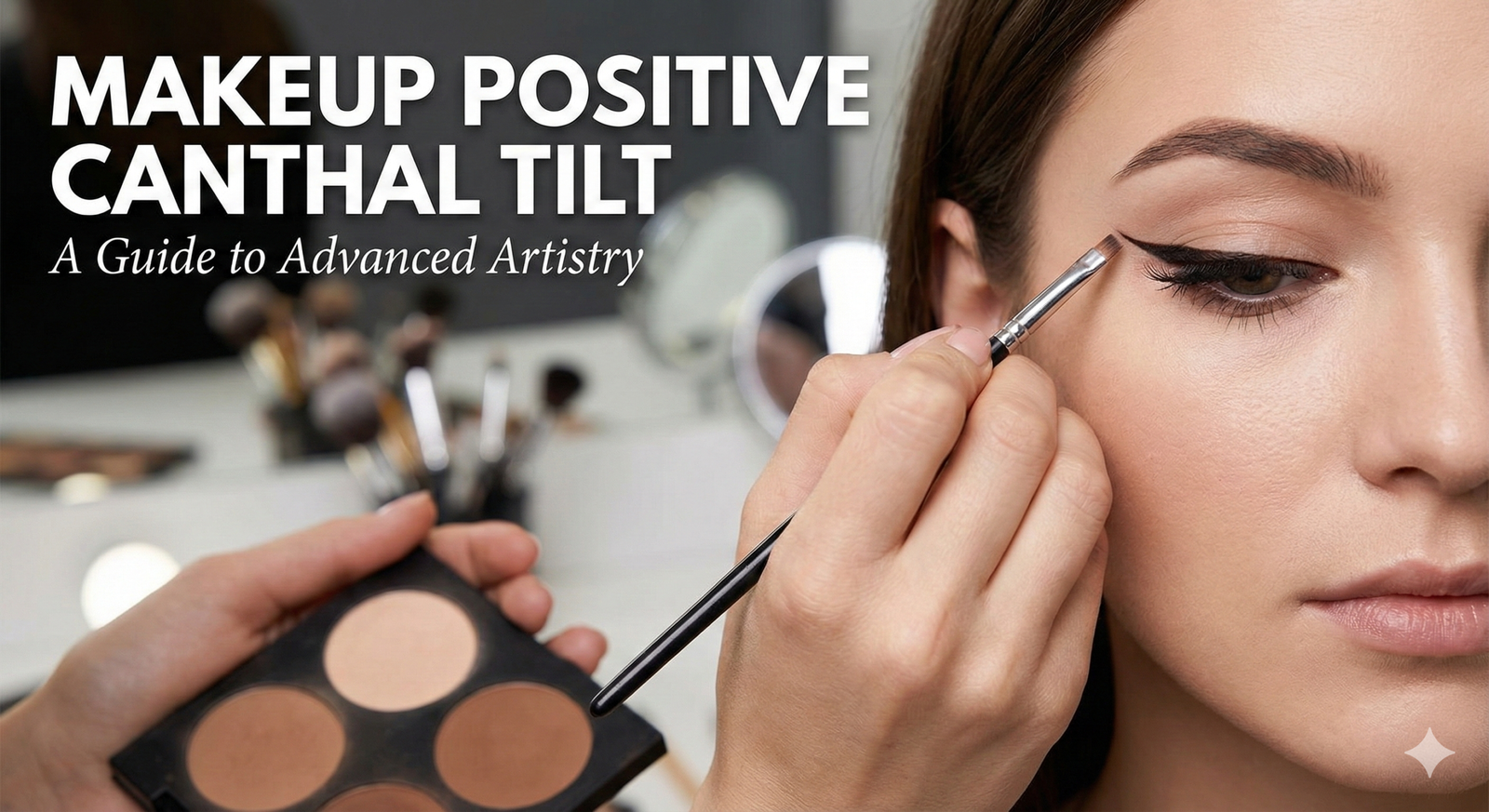Introduction to Regrowing Teeth Research
The field of regrowing teeth, also known as dental regeneration, represents a groundbreaking frontier in both medical and cosmetic dentistry. This innovative research focuses on the ability to naturally regenerate lost or damaged teeth, leveraging advancements in biology and technology. Traditional solutions for tooth loss, such as dentures or implants, although effective, come with limitations and potential complications. Dental regeneration aims to overcome these challenges by enabling the body to naturally rebuild teeth, offering a more permanent and biocompatible solution.
At the core of this research lies an intricate understanding of stem cells and their potential to differentiate into various cell types, including those necessary for tooth formation. Scientists have identified key growth factors and signaling pathways that can stimulate stem cells to form tooth structures. Additionally, breakthroughs in tissue engineering and 3D printing technology have made it feasible to create scaffolds that guide the growth of new dental tissues in the correct anatomical configurations.
The current state of dental health underscores the urgency for such advancements. Tooth loss and decay are prevalent issues affecting millions globally, often leading to compromised oral health and diminished facial aesthetics. The traditional methods of addressing these issues, while useful, do not provide the natural feel and function of real teeth. Regrowing teeth offers a promising alternative by potentially restoring full dental function and improving overall facial beauty and attractiveness.
As this research progresses, it holds the promise not only of revolutionizing dental care but also of enhancing the quality of life for individuals suffering from tooth loss and related issues. The implications for both medical and cosmetic applications are profound, paving the way for a future where natural tooth regeneration becomes a viable option for patients worldwide.
The Science Behind Tooth Regeneration
Tooth regeneration represents a significant breakthrough in medical and dental research, driven by advancements in stem cell research, genetic engineering, and tissue engineering. At the core of this scientific pursuit lies the potential to reconstruct teeth, enhancing both dental health and facial aesthetics.
Stem cells, particularly dental stem cells, play a pivotal role in tooth regeneration. These undifferentiated cells have the unique ability to develop into various cell types, including those essential for tooth formation. Recent studies have demonstrated that dental pulp stem cells (DPSCs) and stem cells from human exfoliated deciduous teeth (SHED) can be cultured to regenerate dental tissues. This groundbreaking research paves the way for the regeneration of entire teeth through bioengineering.
Genetic engineering also contributes significantly to tooth regeneration. By manipulating specific genes responsible for tooth development, scientists can stimulate the growth of dental tissues. For instance, research has identified key genes, such as BMP (Bone Morphogenetic Protein) and FGF (Fibroblast Growth Factor), which are instrumental in tooth morphogenesis. Through precise genetic modifications, these proteins can be harnessed to promote the growth and differentiation of dental cells, facilitating the regeneration process.
Tissue engineering integrates principles from both stem cell research and genetic engineering to create scaffolds that support the growth of new dental tissues. These scaffolds, often composed of biocompatible materials, provide a framework for cells to adhere to and proliferate. In recent breakthroughs, researchers have successfully engineered tooth structures by combining scaffolds with DPSCs, leading to the formation of dental pulp, dentin, and enamel-like tissues. This tri-pronged approach of stem cell application, genetic manipulation, and tissue engineering forms the cornerstone of modern tooth regeneration techniques.
Overall, the convergence of these scientific disciplines not only holds the promise of regrowing teeth but also highlights the potential for improving facial beauty and attractiveness. As research continues to advance, the prospect of fully functional, regenerated teeth becomes increasingly attainable, marking a new era in dental medicine and aesthetic enhancement.
Historical Context: From Dentures to Regrown Teeth
Throughout history, humanity has continually sought innovative solutions to address dental issues, driven by the desire to maintain both oral health and facial beauty. The earliest recorded use of dentures dates back to ancient civilizations, where materials such as animal teeth, wood, and bone were ingeniously crafted into rudimentary replacements for missing teeth. These early attempts, although primitive, underscore the long-standing importance placed on dental aesthetics and functionality.
As time progressed, dental technology advanced significantly. The 18th century saw the advent of more sophisticated dentures, often made from human or animal teeth, and later from porcelain. Despite these improvements, dentures were often uncomfortable and required frequent adjustments. They provided a temporary solution but failed to mimic the natural look and function of real teeth.
The 20th century marked a significant leap forward with the introduction of dental implants. These implants, typically made from biocompatible materials such as titanium, offered a more permanent solution by anchoring artificial teeth directly into the jawbone. This innovation not only improved the stability and appearance of dental prosthetics but also enhanced overall oral health by preventing bone loss. However, dental implants still had limitations, including high costs, the need for invasive surgical procedures, and potential complications like infection or implant rejection.
Against this backdrop, the concept of tooth regeneration has emerged as a revolutionary advancement in dental care. Unlike traditional methods, which replace missing teeth with artificial substitutes, tooth regeneration aims to biologically regrow teeth, restoring them to their natural state. This cutting-edge approach has the potential to overcome many of the limitations associated with dentures and implants, offering a more holistic and permanent solution.
The evolution from ancient dentures to modern implants and now to the promising field of tooth regeneration signifies a paradigm shift in dental care. By understanding this historical context, we can better appreciate the transformative impact that current research in tooth regrowth will have on enhancing facial beauty and attractiveness, ultimately leading to more effective and natural dental solutions.
Benefits of Regrowing Teeth for Facial Beauty
Advancements in dental research have brought forward the promising potential of regrowing teeth, a breakthrough that holds significant implications for facial beauty. One of the most prominent benefits is the potential for an enhanced smile. A complete, healthy set of teeth can drastically improve the aesthetic quality of one’s smile, contributing to a more confident and attractive appearance.
Moreover, the alignment of teeth plays a crucial role in the overall structure of the jaw. Properly aligned teeth, facilitated through natural regrowth, can lead to better jaw alignment. This improvement not only enhances the functional aspects of the jaw but also contributes to a more harmonious and balanced facial profile. A well-aligned jawline is often associated with youthfulness and attractiveness.
Another significant aesthetic benefit of regrowing teeth is the impact on facial symmetry. Symmetry is a key factor in perceived beauty, and missing or misaligned teeth can disrupt the balance of facial features. Regrown teeth can restore this balance, leading to a more symmetrical and visually appealing face. Studies have shown that individuals with symmetrical facial features are often perceived as more attractive, underscoring the importance of dental health in overall facial aesthetics.
Furthermore, healthy teeth contribute to a more youthful appearance. As we age, tooth loss and dental issues can lead to a sunken or aged look. Regrowing teeth can help maintain the natural fullness of the face, preventing the hollowed cheeks and sagging skin often associated with aging. This can result in a fresher, more youthful look that enhances overall attractiveness.
Expert opinions in the field of dental and facial aesthetics also highlight the psychological benefits of regrowing teeth. A healthier, more attractive smile can significantly boost self-esteem and confidence, which in turn positively affects how individuals are perceived by others. The interplay between dental health and facial beauty is thus not only physical but also psychological, adding another layer of benefit to the prospect of regrowing teeth.
Psychological Impact of a Beautiful Smile
The psychological benefits of possessing an attractive smile are substantial, influencing various aspects of an individual’s life. A beautiful smile can significantly boost self-esteem and confidence, acting as a catalyst for positive social interactions and overall mental well-being. Studies show that individuals who are satisfied with their dental appearance are more likely to engage in social activities, form better relationships, and experience lower levels of anxiety.
One pivotal study conducted by the American Psychological Association revealed that individuals with aesthetically pleasing smiles are often perceived as more friendly, intelligent, and successful. This perception can lead to better opportunities in both personal and professional spheres. Furthermore, the confidence gained from having a beautiful smile encourages individuals to smile more often, which in turn fosters a positive feedback loop of increased social engagement and happiness.
Real-life testimonials reinforce these findings. For instance, Jane, a 30-year-old marketing executive, shared how undergoing dental treatment to improve her smile transformed her life. “Before my dental work, I was very self-conscious about my teeth. I rarely smiled and avoided social gatherings. Now, I feel more confident and outgoing, and it has positively affected my career and personal life,” Jane recounted.
Additionally, dental health and appearance can profoundly affect mental well-being. Poor dental aesthetics, such as missing teeth or discoloration, can lead to feelings of embarrassment and social withdrawal. This can contribute to a negative self-image and increase the risk of depression and anxiety. On the contrary, a healthy, attractive smile can be a source of pride and joy, significantly enhancing one’s quality of life.
In summary, the psychological impact of a beautiful smile extends beyond mere aesthetics. It plays a crucial role in shaping self-esteem, confidence, and overall mental health, underlining the importance of dental health and appearance in our daily lives.
Practical Applications and Future Prospects
The advent of tooth regeneration technology promises to revolutionize everyday dental practices, offering a groundbreaking alternative to traditional methods like dentures, implants, and bridges. This cutting-edge research aims to harness the body’s natural ability to regrow teeth, potentially eliminating the need for artificial replacements. By utilizing stem cells and tissue engineering, scientists envision a future where new teeth can be cultivated to replace those lost due to decay, injury, or disease.
One of the most compelling practical applications of this technology lies in its potential to restore not only dental function but also facial beauty and attractiveness. Healthy, natural teeth play a crucial role in maintaining the structural integrity of the face, contributing to a youthful appearance. As regrown teeth integrate naturally with the jawbone, they ensure a more aesthetically pleasing outcome compared to artificial alternatives, which may sometimes lead to bone loss or facial collapse over time.
Cost and accessibility are significant factors that will determine the widespread adoption of tooth regeneration technology. Initially, this cutting-edge treatment may be expensive and available only through specialized clinics. However, as research progresses and the technology becomes more refined, it is anticipated that costs will decrease, making it more accessible to the general public. Insurance companies may also begin to include regenerative dental treatments in their coverage plans, further enhancing accessibility.
Looking ahead, the future prospects of tooth regeneration are incredibly promising. Ongoing research continues to explore innovative techniques to improve the efficiency and success rates of tooth regrowth. Advances in biotechnology, such as gene editing and personalized medicine, hold the potential to tailor treatments to individual patients’ needs, ensuring optimal outcomes. Furthermore, interdisciplinary collaborations between biologists, engineers, and clinicians are likely to accelerate the development of practical applications, bringing us closer to the widespread implementation of this transformative technology.
In conclusion, the practical applications and future prospects of tooth regeneration technology are vast and transformative. By potentially restoring dental function and enhancing facial beauty, this pioneering research holds the promise to significantly improve quality of life for individuals worldwide.
Tooth regeneration presents remarkable potential for enhancing facial beauty and attractiveness, yet it is accompanied by significant challenges and ethical considerations. One of the primary challenges lies in the complexity of the biological processes involved. Regrowing teeth necessitates a detailed understanding of dental stem cells, tissue engineering, and the intricate signaling pathways that guide tooth development. This complexity raises the risk of unintended outcomes, such as abnormal tooth formation or integration issues with existing dental structures.
Additionally, ethical dilemmas arise prominently in the realm of genetic engineering. The prospect of using gene-editing technologies, such as CRISPR, to stimulate tooth regrowth brings into question the moral implications of altering human genetics. Concerns about potential misuse, long-term effects, and the slippery slope toward cosmetic genetic modifications are often highlighted by ethicists and regulatory bodies. These ethical considerations necessitate a careful and balanced approach to ensure that the benefits of tooth regeneration do not come at the cost of compromising societal values and individual rights.
The regulatory landscape further complicates the advancement of tooth regeneration research. Regulatory agencies, such as the Food and Drug Administration (FDA) and European Medicines Agency (EMA), enforce stringent guidelines to ensure the safety and efficacy of new medical treatments. This can result in prolonged approval processes, which may delay the availability of tooth regeneration therapies to the public. Experts in the field advocate for a collaborative approach between researchers, ethicists, and regulators to create frameworks that can expedite the approval process while maintaining rigorous safety standards.
Possible solutions to these challenges include advancing scientific research to better understand the mechanisms of tooth regeneration, developing ethical guidelines for genetic interventions, and fostering open dialogue between stakeholders. Expert opinions emphasize the importance of interdisciplinary collaboration to address these multifaceted issues effectively. By navigating these challenges and ethical considerations with care, the promise of tooth regeneration can be realized in a manner that enhances facial beauty and attractiveness while upholding ethical standards and societal trust.
Conclusion: The Future of Dental Care and Aesthetic Medicine
As we have explored throughout this blog, the research on regrowing teeth holds promising implications for both dental care and facial aesthetics. The advancements in regenerative dentistry could provide groundbreaking solutions to common dental issues, eliminating the need for artificial implants and prosthetics. By harnessing the body’s natural ability to regenerate teeth, patients could experience a more natural and sustainable approach to oral health, enhancing not only their dental functionality but also their overall facial attractiveness.
The potential benefits of regrowing teeth extend beyond mere functionality. A full, healthy set of teeth plays a significant role in the symmetry and structure of the face, contributing to a youthful and appealing appearance. The ability to regenerate teeth can therefore be viewed as a crucial development in aesthetic medicine, offering a novel way to maintain or restore facial beauty. This intersection of dental care and aesthetic enhancement underscores the holistic impact of these scientific advancements.
Looking forward, the integration of regenerative dentistry into mainstream dental practice could revolutionize the field. The prospect of regrowing teeth presents a future where dental care is not only about treating decay and damage but also about proactively enhancing facial aesthetics. This development could lead to new standards of care, combining health and beauty in unprecedented ways. The collaboration between dental professionals and aesthetic medicine practitioners will be essential to maximize the potential of this technology.
In conclusion, the research on regrowing teeth offers a glimpse into an exciting future where dental care and aesthetic medicine are seamlessly intertwined. The continuous advancements in this field promise to improve not only our oral health but also our confidence and quality of life. As we await further breakthroughs, the optimism surrounding this research remains high, heralding a new era in both dental and aesthetic care.




